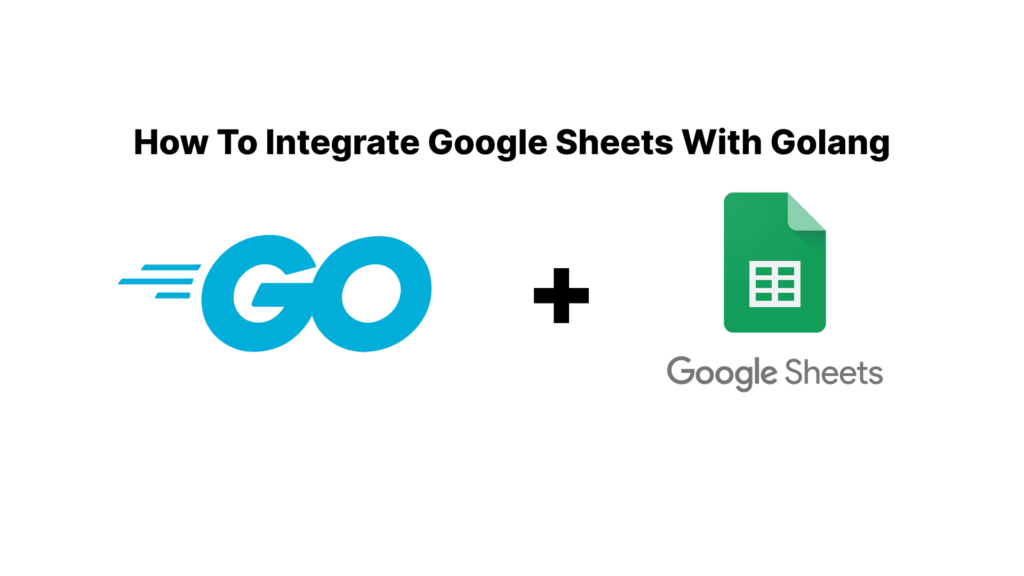Logging is an essential aspect of software development, aiding in debugging, monitoring, and understanding the flow of an application. In Golang, effective logging practices can significantly enhance performance and streamline debugging processes. This article explores techniques to optimize logging in Golang, leveraging its native logging capabilities.

{.gif}
Introduction to Golang Logging
Golang, renowned for its simplicity and efficiency, incorporates a built-in logging package known as log, designed to meet the fundamental logging needs of developers. This native package offers a straightforward approach to logging, making it ideal for smaller-scale applications and rapid prototyping. However, as applications grow in complexity and demand more sophisticated logging functionalities, the limitations of the basic log package become apparent.
While the log package serves as a solid foundation, its lack of advanced features can pose challenges for developers working on intricate systems. For instance, handling log levels, managing log formats, and implementing custom log handlers may require additional capabilities beyond what the standard package offers. Consequently, developers often find themselves seeking alternative logging solutions that provide greater flexibility and extensibility.
Despite its limitations, the log package remains invaluable for laying the groundwork for more elaborate logging strategies. By leveraging its simplicity and familiarity, developers can craft custom logging solutions tailored to their specific project requirements. This approach not only enhances the logging capabilities of Golang applications but also fosters a deeper understanding of logging principles among developers.
In this comprehensive exploration of Golang logging, we delve into the intricacies of the native log package while also examining advanced logging techniques and best practices. By understanding the strengths and limitations of Golang logging, developers can make informed decisions when architecting logging solutions for their applications. Join us as we unravel the world of Golang logging and empower developers to unlock the full potential of their logging workflows.
Understanding Golang’s Built-In Logging
The log package in Golang offers a straightforward approach to logging with functions like Print, Printf, and Println. While convenient for basic logging needs, it lacks flexibility and customization options for sophisticated logging scenarios.
package main
import (
"log"
)
func main() {
log.Println("This is a basic log message")
}
Leveraging Third-Party Logging Libraries
To address the limitations of Golang’s built-in logging package, developers often turn to third-party libraries such as logrus and zap. These libraries offer advanced features like structured logging, log levels, and performance optimizations, making them suitable for large-scale applications.
package main
import (
"github.com/sirupsen/logrus"
)
func main() {
log := logrus.New()
log.Info("This is an informational log message")
}
Implementing Structured Logging for Enhanced Debugging
Structured logging enhances the readability and analysis of log data by organizing log messages into a structured format, such as JSON. Golang’s logrus library supports structured logging out of the box, facilitating easier debugging and log analysis.
package main
import (
"github.com/sirupsen/logrus"
)
func main() {
log := logrus.New()
log.WithFields(logrus.Fields{
"key1": "value1",
"key2": "value2",
}).Info("Structured log message")
}
Optimizing Logging Performance
Efficient logging is crucial for maintaining application performance, especially in high-traffic environments. Techniques such as asynchronous logging and log level filtering can significantly improve logging performance in Golang applications.
package main
import (
"github.com/sirupsen/logrus"
)
func main() {
log := logrus.New()
log.SetFormatter(&logrus.JSONFormatter{})
// Asynchronous logging
log.SetOutput(os.Stdout)
// Log level filtering
log.SetLevel(logrus.InfoLevel)
log.Info("Optimized log message")
}
Integrating Logging with Monitoring Tools
In modern software development, integrating logging with monitoring tools like Prometheus and Grafana is essential for gaining insights into application behavior and performance. Golang offers libraries and frameworks for seamless integration with these monitoring solutions, enabling real-time monitoring and alerting.
package main
import (
"github.com/sirupsen/logrus"
"github.com/prometheus/client_golang/prometheus"
)
func main() {
// Initialize Prometheus metrics
counter := prometheus.NewCounter(prometheus.CounterOpts{
Name: "my_custom_metric",
Help: "This is a custom metric",
})
prometheus.MustRegister(counter)
// Initialize logger
log := logrus.New()
log.AddHook(&prometheusHook{})
// Log message and increment metric
log.Info("Integrated log message")
counter.Inc()
}
// Prometheus hook for logging
type prometheusHook struct{}
func (h *prometheusHook) Levels() []logrus.Level {
return logrus.AllLevels
}
func (h *prometheusHook) Fire(entry *logrus.Entry) error {
// Increment Prometheus metric based on log entry
counter.Inc()
return nil
}
Conclusion
In summary, the significance of robust logging practices cannot be overstated when it comes to ensuring the reliability and performance of Golang applications. As the backbone of effective debugging, performance monitoring, and maintaining application health, logging deserves meticulous attention from developers.
By harnessing the built-in logging capabilities of Golang, developers lay a solid foundation for logging within their applications. However, to truly maximize logging efficiency and effectiveness, it’s essential to explore beyond the confines of the native log package. Integrating with third-party logging libraries tailored to specific use cases can unlock a plethora of advanced features and functionalities, empowering developers to address complex logging requirements with ease.
Structured logging emerges as a powerful paradigm shift, enabling developers to capture and analyze log data in a more meaningful and actionable format. By organizing log messages into structured formats such as JSON or key-value pairs, developers gain deeper insights into application behavior and can extract valuable metrics for performance optimization and troubleshooting.
Moreover, optimizing logging performance is paramount to prevent bottlenecks and minimize overhead within the application. Techniques such as asynchronous logging, buffering, and log level filtering can significantly enhance logging performance without compromising reliability or accuracy.
Lastly, seamless integration with monitoring and observability tools further amplifies the impact of logging in Golang applications. By leveraging platforms like Prometheus, Grafana, or ELK (Elasticsearch, Logstash, Kibana), developers can gain real-time insights into application behavior, detect anomalies, and proactively address potential issues before they escalate.
In conclusion, effective logging practices in Golang transcend mere error tracking; they serve as a cornerstone of application resilience and performance optimization. By embracing structured logging, optimizing performance, and integrating with monitoring tools, developers pave the way for enhanced reliability, agility, and scalability in their Golang applications. Let us embark on this journey of logging excellence, where every log message contributes to the overarching goal of building robust and resilient software systems.




